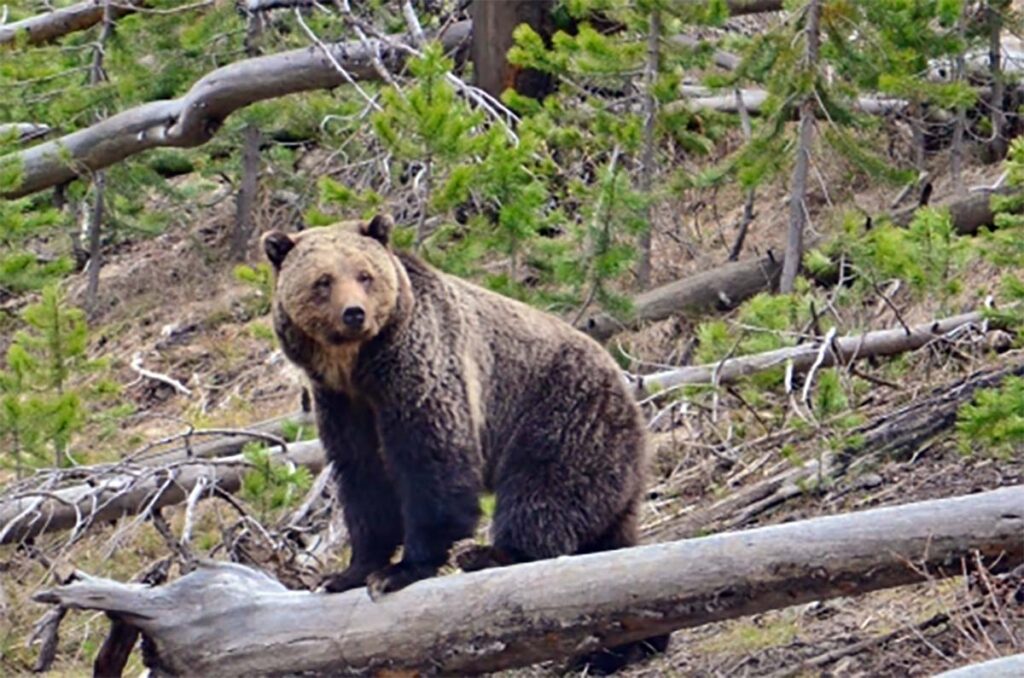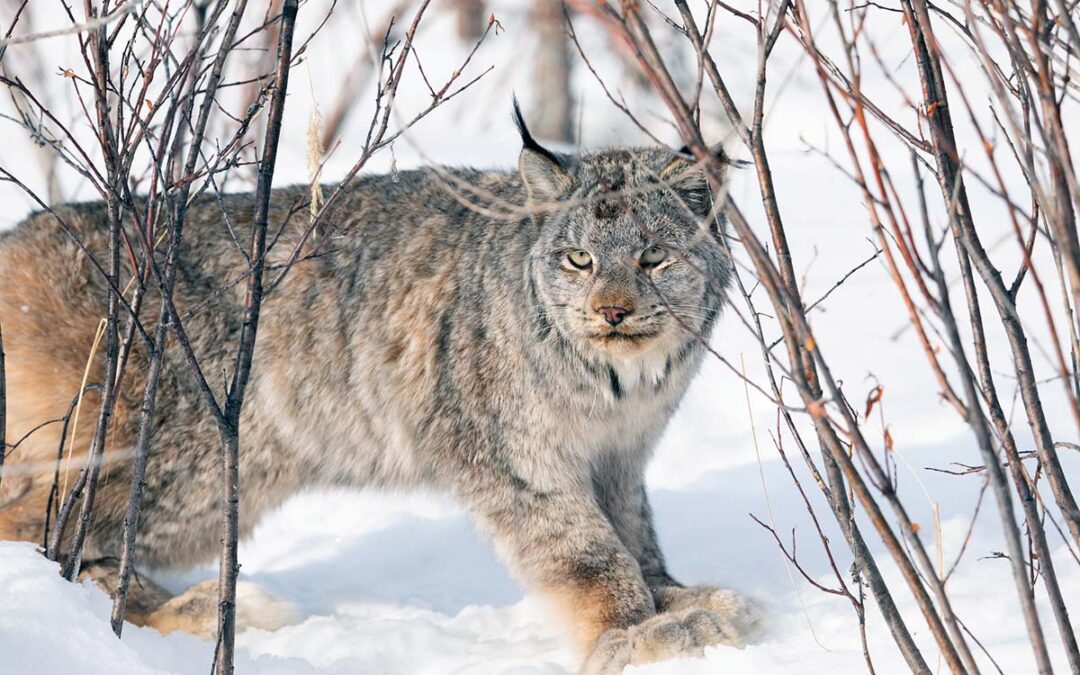Photo: USFWS
Having lost so many times in court because they keep breaking the law, the Forest Service has now turned to what are called “landscape scale treatments” where they refuse to tell the public how, when, and where they are going to clearcut and bulldoze new logging roads.
These projects cover tens of thousands of acres over decades of continuous logging, burning, and clearcutting supposedly for “forest health.” But in the end, it’s just another ploy by the agency to continue the on-going deforestation and ecosystem destruction of the Northern Rockies.
Now the Forest Service brings the landscape scale Sxwutn-Kaniksu Connections Trail Project which authorizes logging, burning and road bulldozing for the next 20 years across 141 square miles of Pend-Oreille County, impacting more than 90% of the Colville National Forest within the project area in eastern Washington on the Idaho border.
There’s so much wrong and illegal with this project it’s hard to believe the agency is trying to get away with it. But tragically, it will leave burned and barren stump fields in its wake while destroying critical habitat for threatened species such as lynx and grizzly bears.
Federal courts have ruled against the Forest Service three times already for illegally removing lynx habitat designations in national forests in Montana, Idaho and Oregon. Yet, here’s the agency trying this failed, illegal, ploy once again by arbitrarily and secretly changing the existing maps to remove 230,000 acres of previously mapped lynx habitat including 28,000 acres in the Trail project area. so it could be roaded and logged.
Likewise, the sediment from the spiderweb created by bulldozing 57 miles of new and 292 miles of reconstructed logging roads will wind up in spawning streams for bull trout and westslope cutthroat trout. Bull trout are listed as “threatened” under the Endangered Species Act while Washington State lists cutthroat trout as a ‘Species of Greatest Conservation Need’ under the State Wildlife Action Plan.
The National Environmental Policy Act requires the Forest Service to take a “hard look” at any proposed project’s potential environmental impacts. That’s especially important for this project because it’s located in habitat for sensitive and threatened species, including wolverine, gray wolves, northern goshawks, bats, and woodpeckers in addition to lynx, grizzlies and bull trout.
But the agency didn’t even identify nor analyze the specifics of where they are going to log and how — despite a ruling last year in which a federal judge in Washington state struck down a Colville National Forest logging project for failure to provide meaningful details about implementation. As the Court ruled: “If the Agency does not know where or when an activity will occur or if it will occur at all, then the effects of that action cannot be meaningfully evaluated.”
They even failed to map the old growth forests in the project area when the old growth stands around South Skookum Lake are the most extensive left on the Colville Forest outside of the Salmo Wilderness Area.

Photo: USFWS
Instead, the agency made the ridiculous claim that the project area will be grizzly bear ‘core’ habitat 15 years after all the logging has stopped. But bulldozing in new roads and reconstructing up to 292 miles of currently impassable old roads will have the exact opposite effect. Besides destroying the recovering habitat, the roading will sever wildlife passage corridors and provide increased access for hunters and poachers — and since most grizzlies are killed within 1/3 mile of a road, diminishing, not restoring, grizzly bears as required by the Endangered Species Act.
In conclusion, the Forest Service has left us no choice but to challenge and stop this illegal project. The Alliance’s job is not to go along with “landscape scale” sacrifices of our national forests to benefit the timber industry. We fight to protect those forests and the imperiled fish and wildlife that rely on intact ecosystems to survive. It’s not cheap nor easy to challenge the federal government in court and we appreciate any help you can give to keep these lands intact for present and future generations.
Mike Garrity is the Executive Director of the Alliance for the Wild Rockies.
